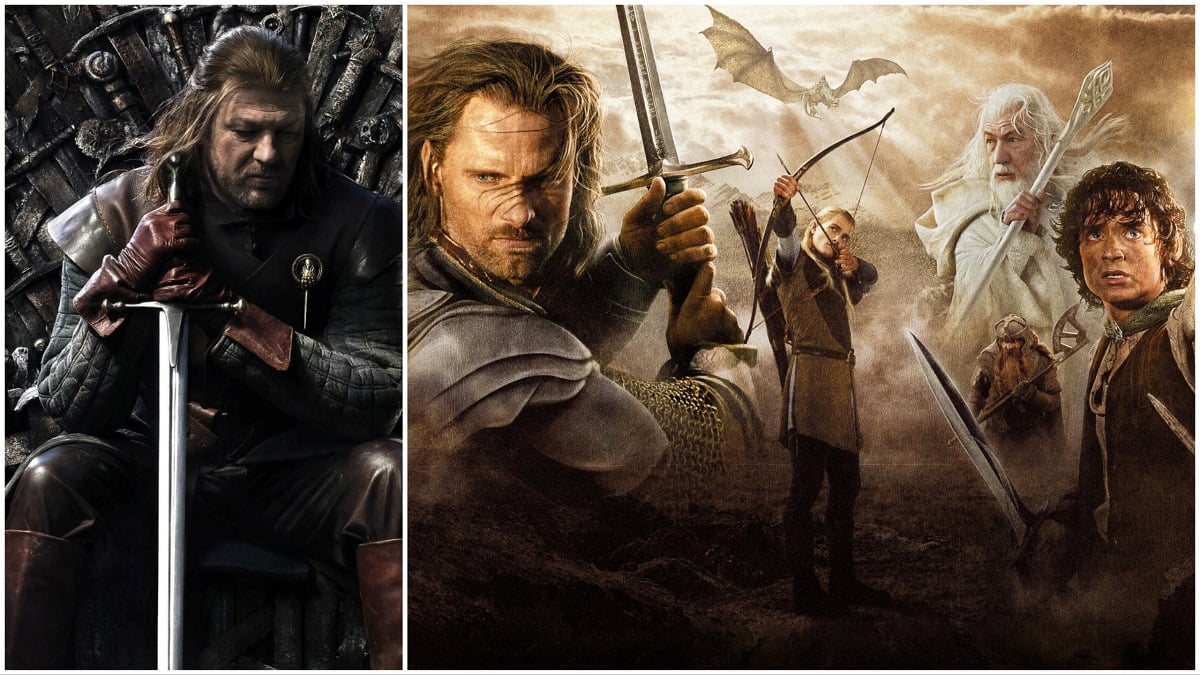With Amazon Studios announcing that the second season of The Wheel of Time, based on Robert Jordan’s best-selling book series of the same name, is arriving this September, we’re going to take a look at the high fantasy story that changed this genre forever and continued to pave the path that J.R.R. Tolkien’s The Lord of the Rings started all those years ago.
In a lot of ways, The Wheel of Time is similar to Middle-earth in terms of scale and thematic resonance, with the only discernible difference being Robert Jordan’s ambitions in both characterization and length, weaving a saga together that spanned 15 books and 12.000 pages, tens of hundreds of named characters, and a history that perfectly encapsulates the story of civilization.
Now, I know what you’re thinking: Fifteen lengthy fantasy novels seem like an almost impossible commitment. You’d need months — if not years, depending on your reading speed — to get through it all. So, why is it that tens of millions of people have poured innumerable hours into this creation? And why is The Wheel of Time still a household name in an age where every day seems to bring with itself another speculative television show or movie series?
Well, in order to understand the appeal behind The Wheel of Time, you first need to understand what makes this franchise unique in comparison to many contemporary fantasy stories like George R.R. Martin’s Game of Thrones, and perhaps why, when it comes down to it, fans of the high fantasy genre will find in The Wheel of Time what they’d always secretly wished for in those other names.
What is The Wheel of Time?
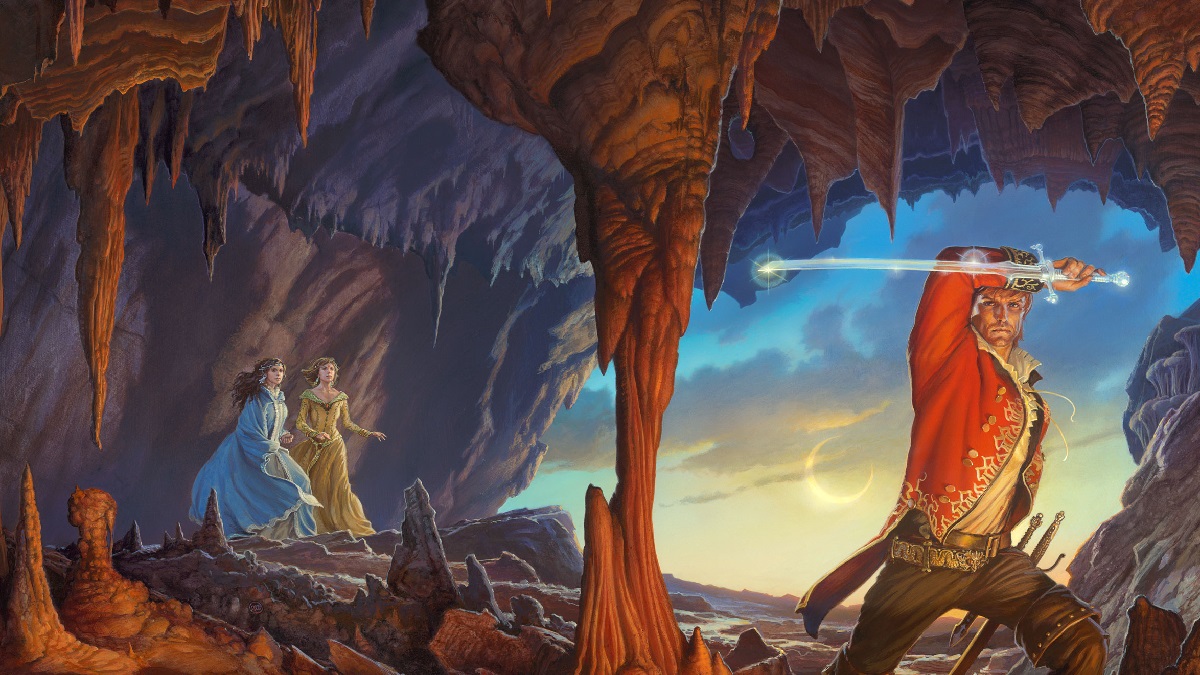
Much like Middle-earth and Westeros, the story of The Wheel of Time is set in a fictional universe similar to our own Earth. The story begins in a highly advanced civilization that boasts a utopic society. Currency has lost its value, and there’s an abundance of resources for everyone. Concepts such as war and violence have been ripped away from the very fabric of the culture, to become incomprehensible heirlooms of a time long past.
This society functions through the use of a magic known as the One Power. The One Power, divided into two halves, is the source of all creation. The female half, known as Saidar, is only accessible to female sorcerers (or “channelers,” as they’re known in-universe), while the other half, Saidin, can only be wielded by male channelers.
At the height of this golden age, scientists find a new enigmatic source of energy, one they believe will allow them to push beyond their limitations. Upon meddling with it, however, they inadvertently drill a hole into the prison of an entity known as Shai’tan, the Arabic word for the Devil, who is the antithesis of the Creator.
Shai’tan, or the Dark One, then starts to influence the world from this new gash, bringing people of ambition and greed to his side to start a reign of terror over the world. That utopic society is forced to re-learn forgotten concepts such as war in this struggle, and two sides emerge in the battle that ensues: The Light and the Shadow.
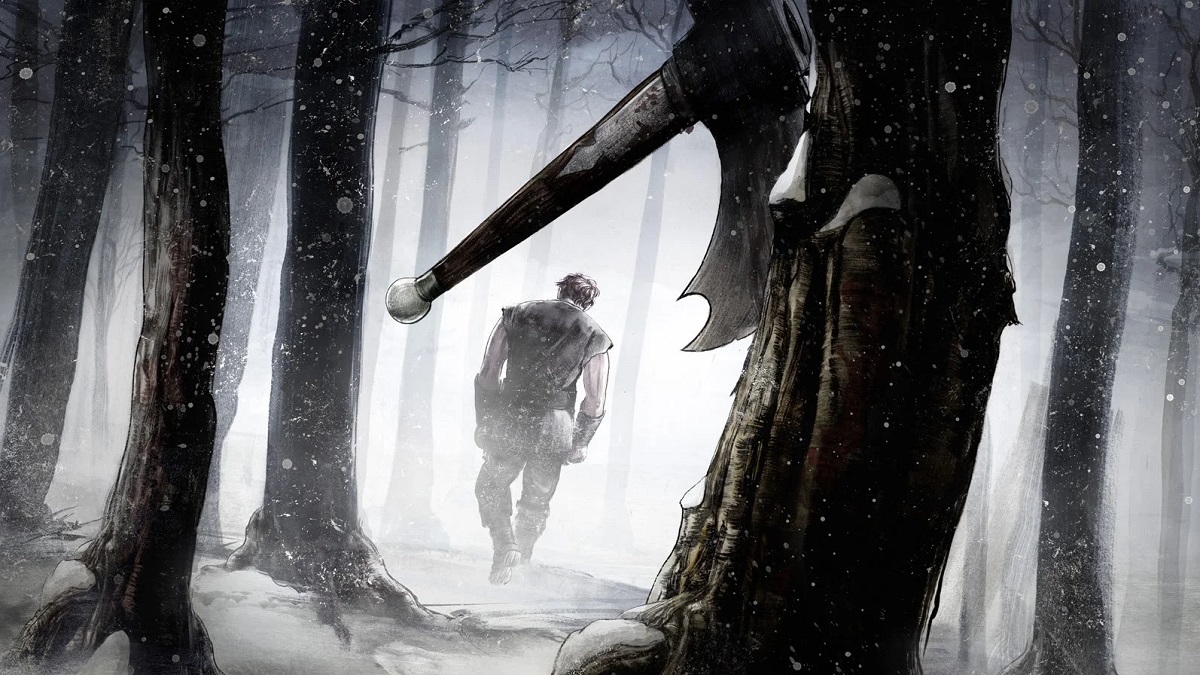
Championing the armies of the Light is a person named Lews Therin Telamon, also known as the Dragon, and one of the main protagonists of the series. When all hope seems lost, Lews Therin leads a company of his finest channelers to Shayol Ghul, the headquarters of the Shadow, and tries to seal the Dark One away again. He manages to contain the Dark One and 13 of his most loyal servants, known as the Forsaken, inside the bore. But not before the Dark One’s counterattack taints Saidin, the male half of the One Power.
As a result of this, while the armies of the Light are victorious, male channelers all over the world grow mad with the taint on Saidin and start wreaking havoc and destruction upon civilization. This event is known as the Breaking of the World, and essentially resets the society back to its primal form. Lews Therin himself kills everyone he loves in his madness, including his wife Ilyena, and is driven to such unbearable agony that he kills himself. From then on, history remembers him as Lews Therin Kinslayer: the man who destroyed the world with his hubris.
And that leaves us with the prophecy that is the foundation of The Wheel of Time. All of what you’ve read thus far is but the backstory to this colossal epic, and it’s from here that the story truly starts, 3,000 years after the Breaking.
The prophecy says that one day, the Dark One and the Forsaken will return to take over the world again, but the Dragon shall also be reborn to fight the Shadow. This person is doomed to go mad from the taint on Saidin, destined to both destroy and save the world, to serve as both salvation and doom, while the Last Battle — the end-times event known also as Tarmon Gai’don — draws near.
Why you should read The Wheel of Time if you’re a Lord of the Rings fan
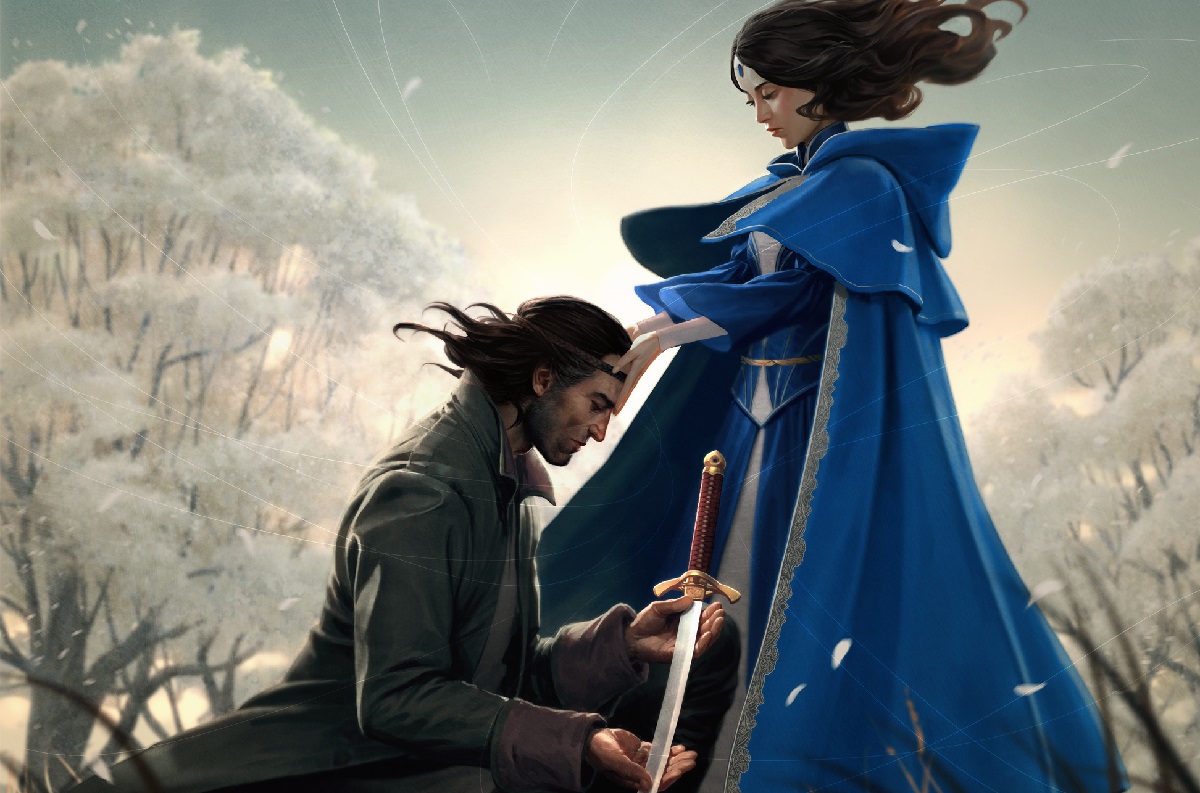
The Wheel of Time can be categorized as a traditional high fantasy story due to its heavy reliance on a hard magic system and supernatural creatures. The narrative as a whole can also be interpreted as a fight between good and evil, which is a staple of The Lord of the Rings. In fact, Robert Jordan has taken so much inspiration from Tolkien’s work that the first novel in the series, The Eye of the World, is essentially an homage to The Fellowship of the Ring.
That doesn’t mean The Wheel of Time is a rip-off, nor does it undermine the story’s own originality, which shines through as you progress in the narrative. Robert Jordan simply knew what he wanted from his fictional universe, which was to invoke in the readers that same sense of awe and wonder that may have introduced them to this genre through Tolkien’s work.
The story is epic in scale, featuring many memorable battles and heroic deeds, victories and defeats, losses and triumphs, and even quiet moments of reflection and wonder. Whether it’s going on a long quest for a prized mythical item, bringing to mind the very image of an Arthurian tale, or waging war against the rule of tyrannical usurpers, The Wheel of Time is the truest definition of high fantasy.
The characters in The Wheel of Time are also archetypal to some degree, daring to actually embody righteousness without the fear of being dismissed as boring or one-dimensional. It’s worth noting, however, that Jordan doesn’t simply bludgeon his characters into two categories, with a fine line separating them as “good” and “evil.” What people today refer to as “gray morality” is actually what Jordan brought to prominence in this genre, and dare we say, excelled at to a large degree. This brings us to the next point: The Wheel of Time and its relation to Game of Thrones.
Why you should read The Wheel of Time if you’re a Game of Thrones fan
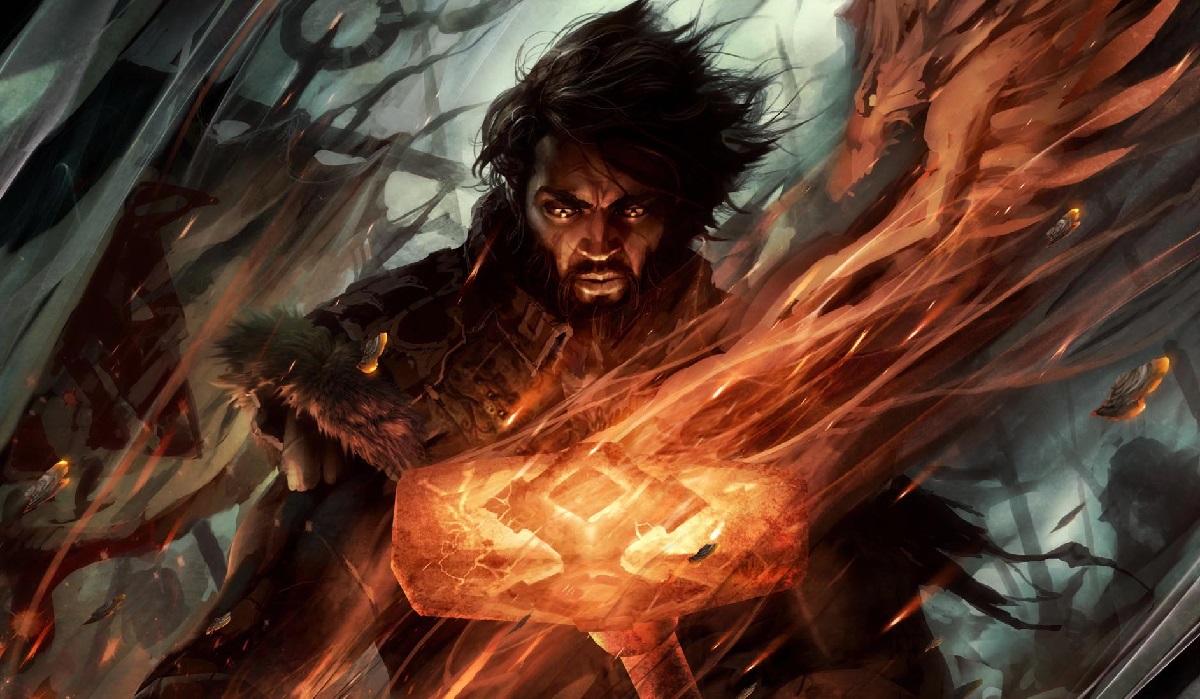
While The Wheel of Time starts off as a traditional high fantasy story with a party of protagonists going on a quest, the story veers away from Tolkien as you progress through the books. By the fourth or the fifth outing in the series, The Wheel of Time has given you an extensive tutorial into its complicated political landscape, and as our heroes begin to take a more prominent role in the shaping of the world’s ultimate fate, we get to see those games of intrigue play out across the entire continent.
This, in a way, is similar to what George R.R. Martin attempted to bring to the genre through Game of Thrones. It also gives the characters an opportunity to react to more nuanced conflicts as they try to balance what’s necessary against the voice of their conscience.
Unlike Martin, Robert Jordan interpreted “gray morality” as the inner conflict of characters when faced with a difficult decision, rather than an inherent selfishness that compels them to do what’s in their own best interests. In a way, that philosophy walks a fine line between what Martin attempted and what Tolkien believed in, bringing the best of both worlds to bear on The Wheel of Time and its ambitious narrative.
So, if you love The Lord of the Rings for its story and worldbuilding, and appreciate Game of Thrones for its characters, it wouldn’t be an exaggeration to suggest that you might just be able to breeze through The Wheel of Time and not even feel the weight of its mind-boggling length.
Why you should pick up The Wheel of Time now and not wait for the TV adaptation
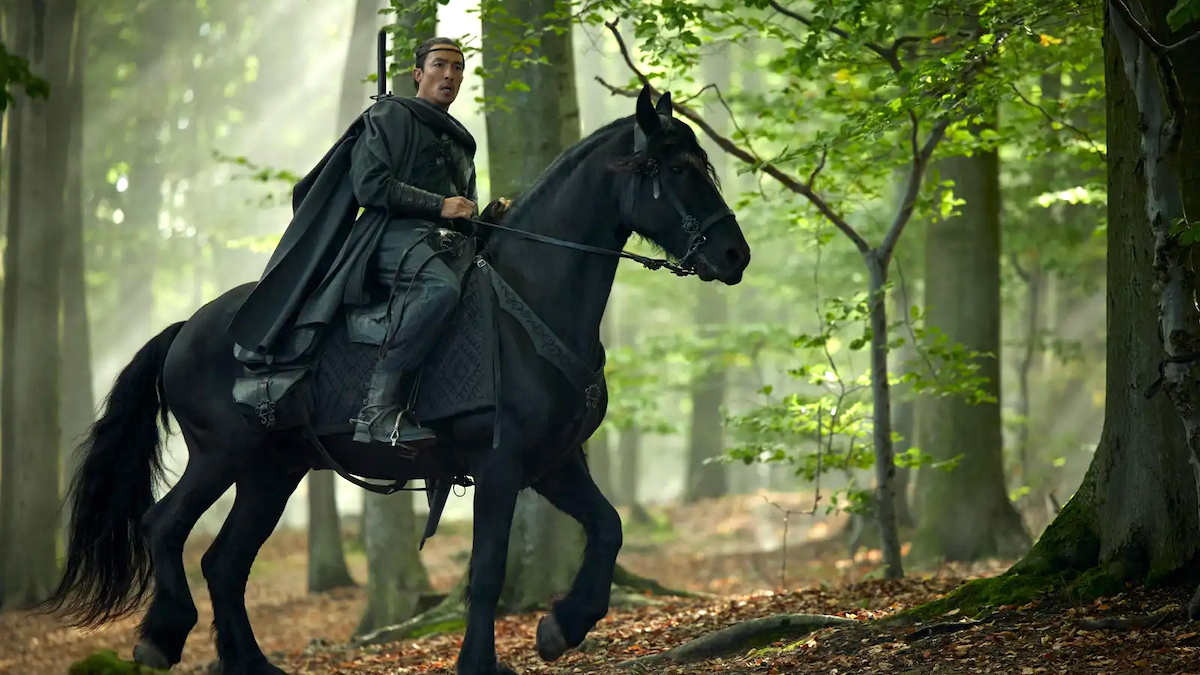
Watching the first season of The Wheel of Time on Prime Video can be a completely different experience from reading The Eye of the World. The crew of the live-action adaptation has certainly taken its liberties with the plot and its characters, and while the spirit of Robert Jordan still permeates through the lens and brings the world to life at certain points, you might be better off starting on the books instead of waiting for season two.
Make no mistake: The Wheel of Time on Prime is more in the vein of recent streaming adaptations like The Witcher or the company’s own Lord of the Rings: The Rings of Power, and not some faithful masterstroke like The Lord of the Rings trilogy by Peter Jackson or HBO’s Game of Thrones. That means, if you want the unbridled Wheel of Time experience, you’re going to have to seek out the books and renew your bond with, as it were, an older and more traditional form of media consumption.
And trust us, the journey will be well worth your while!

